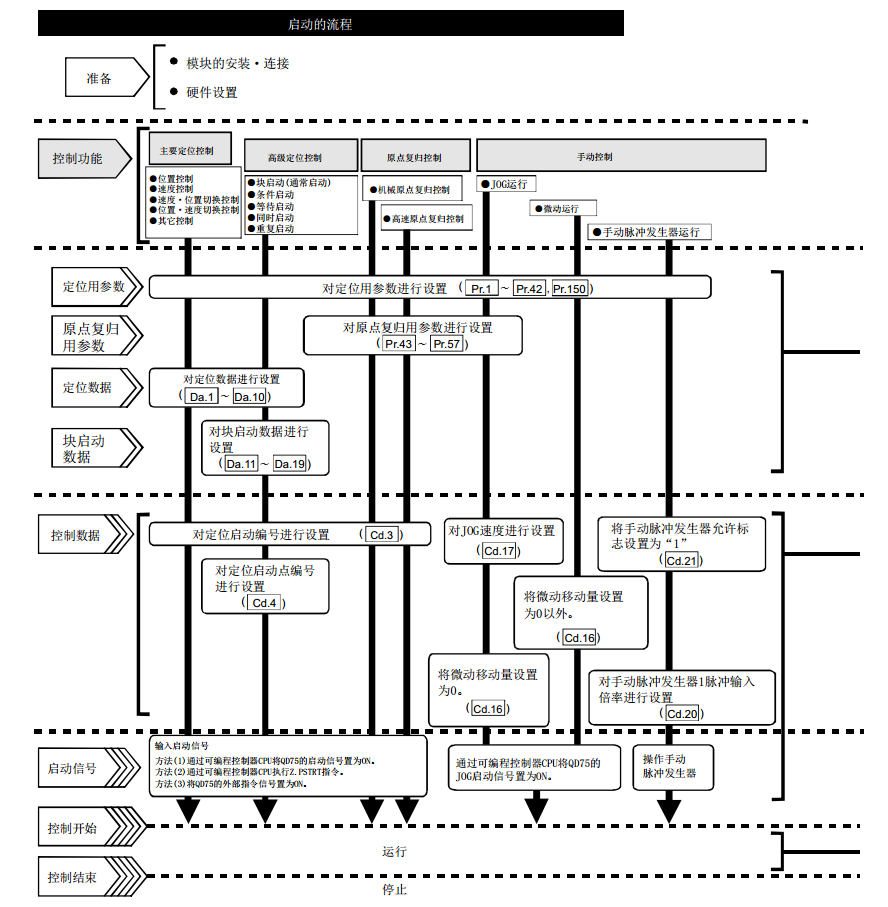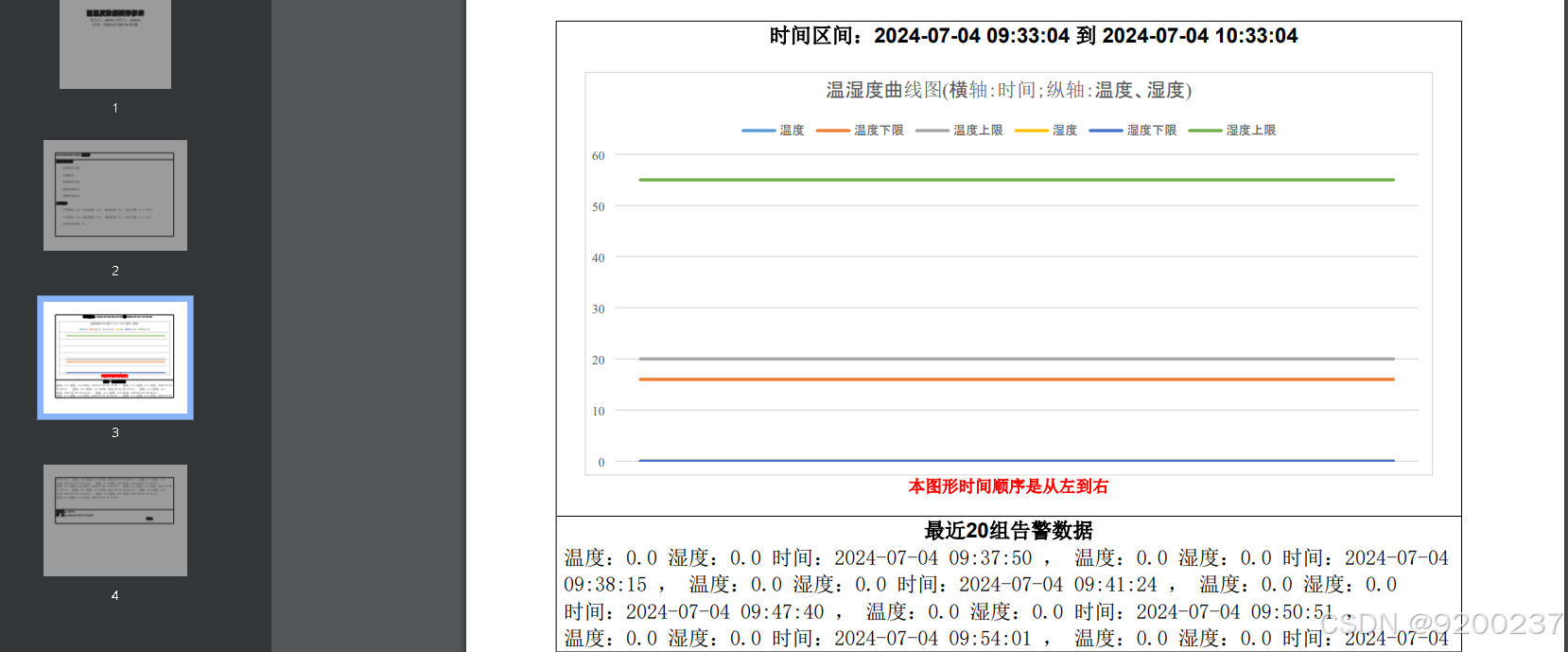1.接口表格数据:
{
"headers": [
{
"label": "实例名",
"name": "v1",
"order": 1,
"hide": false,
"dateTypeValue": null
},
{
"label": "所属科室",
"name": "v4",
"order": 1,
"hide": false,
"dateTypeValue": "/sso-management/department/getDepById?"
},
{
"label": "实例状态",
"name": "v3",
"order": 1,
"hide": false,
"dateTypeValue": "/cmdb/dict/query?args=example_state&"
},
{
"label": "esc_Ip",
"name": "v2",
"order": 1,
"hide": false,
"dateTypeValue": null
},
{
"label": "测试1",
"name": "test1",
"order": 1,
"hide": false,
"dateTypeValue": null
},
{
"label": "测试2",
"name": "test2",
"order": 1,
"hide": false,
"dateTypeValue": null
},
{
"label": "测试3",
"name": "test3",
"order": 1,
"hide": false,
"dateTypeValue": null
}
],
"bodyData": {
"total": 4,
"list": [
{
"test2": null,
"test3": null,
"v1": "ESC_001",
"v2": "127.0.0.1",
"v3": null,
"test1": null,
"v4": null,
"ROW_ID": 1
},
{
"test2": null,
"test3": null,
"v1": "ESC_002",
"v2": "127.0.0.1",
"v3": null,
"test1": null,
"v4": null,
"ROW_ID": 2
},
{
"test2": null,
"test3": null,
"v1": "ESC_003",
"v2": "127.0.0.1",
"v3": null,
"test1": null,
"v4": null,
"ROW_ID": 3
},
{
"test2": null,
"test3": null,
"v1": "ESC_004",
"v2": "192.168.0.1",
"v3": null,
"test1": null,
"v4": null,
"ROW_ID": 4
}
],
"pageNum": 1,
"pageSize": 4,
"size": 4,
"startRow": 0,
"endRow": 3,
"pages": 1,
"prePage": 0,
"nextPage": 0,
"isFirstPage": true,
"isLastPage": true,
"hasPreviousPage": false,
"hasNextPage": false,
"navigatePages": 8,
"navigatepageNums": [
1
],
"navigateFirstPage": 1,
"navigateLastPage": 1,
"firstPage": 1,
"lastPage": 1
}
}2.结构:(表格内容渲染注意,需要先循环表格数据tr代表有多少行数据,再循环表头数据td取对应的字段内容,渲染)
<view class="tableStyle">
<table>
<th>
<td v-for="(header, index) in tableInfo.columns" :key="index">
{{ header.label }}
</td>
</th>
<tr v-for="(item, i) in tableInfo.list" :key="i" @click="goToDetail(item)">
<td v-for="(header, index) in tableInfo.columns" :key="index">
{{item[header['name']] }}
</td>
</tr>
</table>
</view>3.样式
.tableStyle {
width: 100%;
margin-top: 40rpx;
padding-top: 20rpx;
background-color: #fff;
overflow-y: hidden;
overflow-x: auto;
table {
width: 100% !important;
}
th {
width: 100%;
display: flex;
flex-direction: row;
justify-content: space-around;
align-items: center;
font-weight: 550;
color: #2F80ED;
font-size: 14px;
padding: 12px 4px;
background: #F3F6FA;
td {
display: inline-block;
min-width: 100px;
text-align: center;
}
}
tr {
width: 100%;
display: flex;
flex-direction: row;
justify-content: space-around;
align-items: center;
font-size: 14px;
font-weight: 400;
padding: 12px 4px;
td {
text-align: center;
font-size: 14px;
font-weight: 400;
display: inline-block;
min-width: 100px;
text-align: center;
}
&:nth-child(2n+1) {
background: #F3F6FA;
}
}
}二、第二种方式,用uni-table组件渲染
官网uniapp-table组件地址:uni-app官网

1.结构:
<view class="uni-container">
<uni-table ref="table" border stripe emptyText="暂无更多数据">
<uni-tr>
<uni-th align="center" v-for="(header, index) in tableInfo.columns"
:key="index">{{header.label}}</uni-th>
</uni-tr>
<uni-tr v-for="(item, i) in tableInfo.list" :key="i" @click="goToDetail(item)">
<uni-td align="center" v-for="(header, index) in tableInfo.columns" :key="index">{{item[header['name']] }}</uni-td>
</uni-tr>
</uni-table>
</view>2.数据同上
3.渲染完成


















